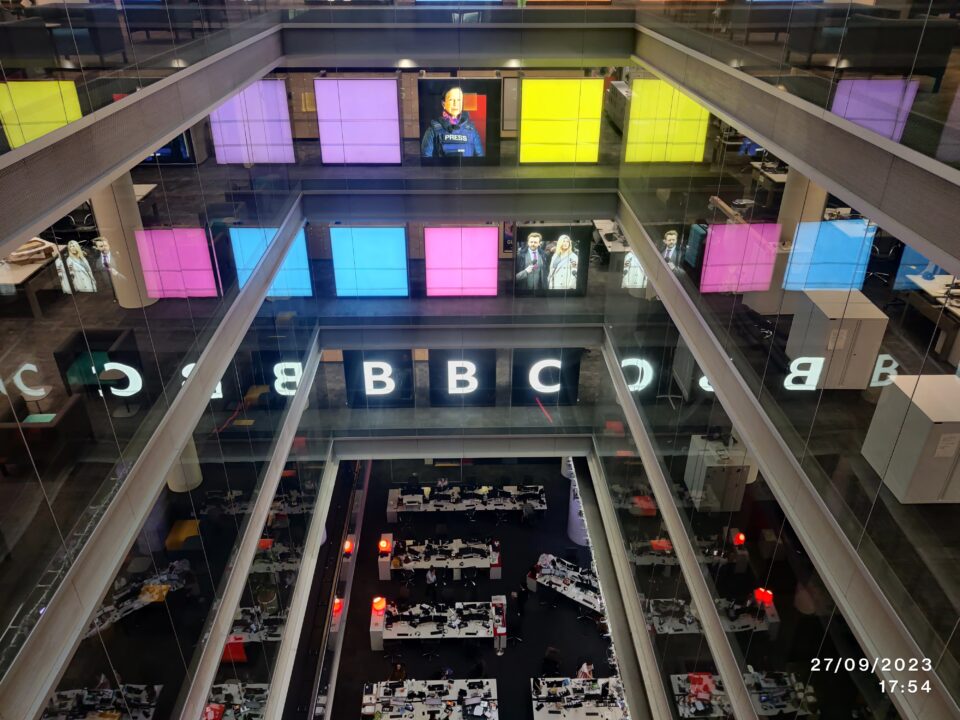
Calling all members: The 2026 Regional Awards are now open
Creating and refining a brand
It’s also a great way to make sure your online content is as accessible as possible.
It’s a good idea to create some clear brand guidelines that are available to your whole team. That way, anyone applying your brand, whether it’s you, your editors, designers, social media managers or anyone else, will be able to do so consistently. To help you do that, here’s some key areas to think about:
Logos
It’s a good idea to clearly set out how your logo should be used. Can it be used on a colour background? Are there any restrictions on where it can or cannot be used? Are there different versions that should be used in different ways or places? Do you want to allow your team to make any sub-brand logos? These are all important things to consider to maintain the brand power your logo has.
Colour
What are your brand colours? It is useful to record them in three formats so they can be applied consistently:
- Hex codes and RGB colours are typically used for digital media
- CMYK is usually used in print media
If you already have existing brand colours but do not know the codes for them, you can use a website like Image Colour Picker to find out what they are.
When choosing your brand colours, particularly for use online, you should also think about accessibility. If you are going to use your colours as backgrounds to black and white text, or as text on black and white backgrounds, you should test the contrast to make sure they will be easy for everyone to read.
The Web Content Accessibility Guidelines (WCAG) set out standards which online media should meet to be classed as accessible. It is generally considered that colour combinations meeting WCAG AA standard are the baseline level of conformity for content to be considered accessible. You can test your colour combinations using an online contrast checker.
Font
If you are an existing publication, it’s likely that you already have a font you use consistently in print, but do you use a consistent font across your online output? Sticking to one or two fonts across your work helps create brand cohesion and make sure all of your content is recognisably yours!
Tone of voice
While there may be clear journalistic conventions to follow when writing articles (there’s clear differences between a news article and an opinion piece, for example), when writing online content about your publication, like social media copy, you may want to establish a clear tone of voice to make your output consistent.
Think about what messages you want to convey. Do you want your copy to be more formal and serious, or more relaxed and conversational? What are the key messages and feelings you want people to take away from viewing your content? These are important things to consider when defining your brand’s tone of voice.
Consistent style
Across all your work, online and in print, it’s important to make consistent style choices around grammar, punctuation and language use to keep your articles and content consistent and professional. It’s a great idea to create a style guide for your publication, so everyone can easily access what your rules are. For advice on doing that, check out our advice on style guides for student publications.
These are all great starting points for establishing a strong and consistent brand which will make your publication stand out. If you need some inspiration for what this can look like in practice, check out the SPA’s brand guidelines, which are a good example of how you can adapt an existing brand to be more consistent and accessible.




